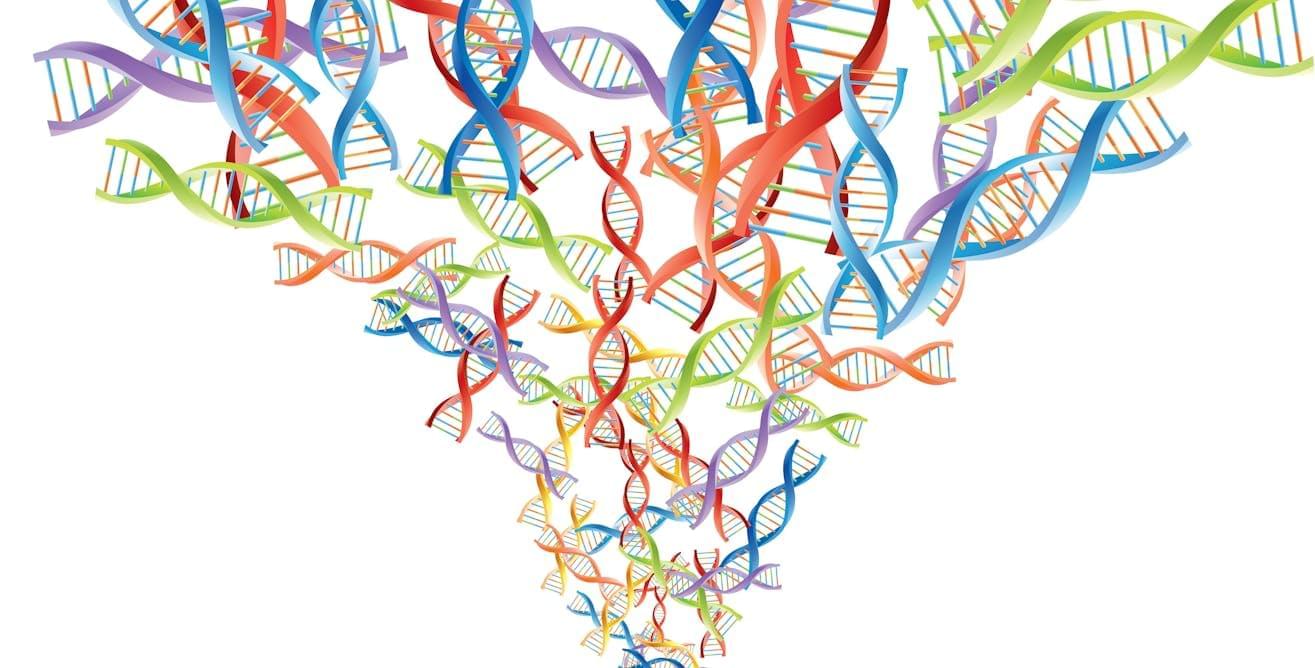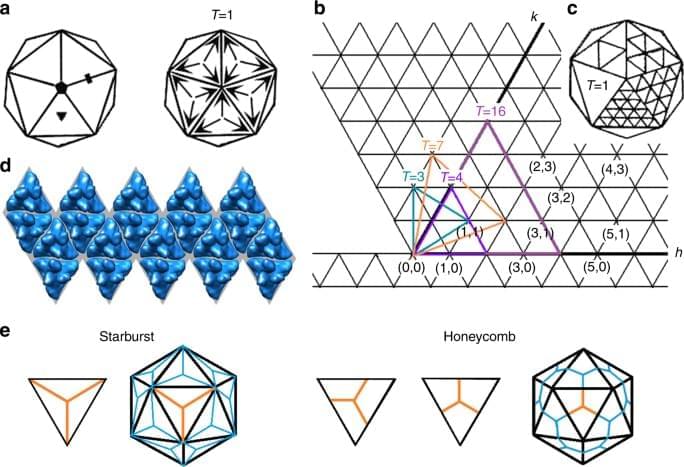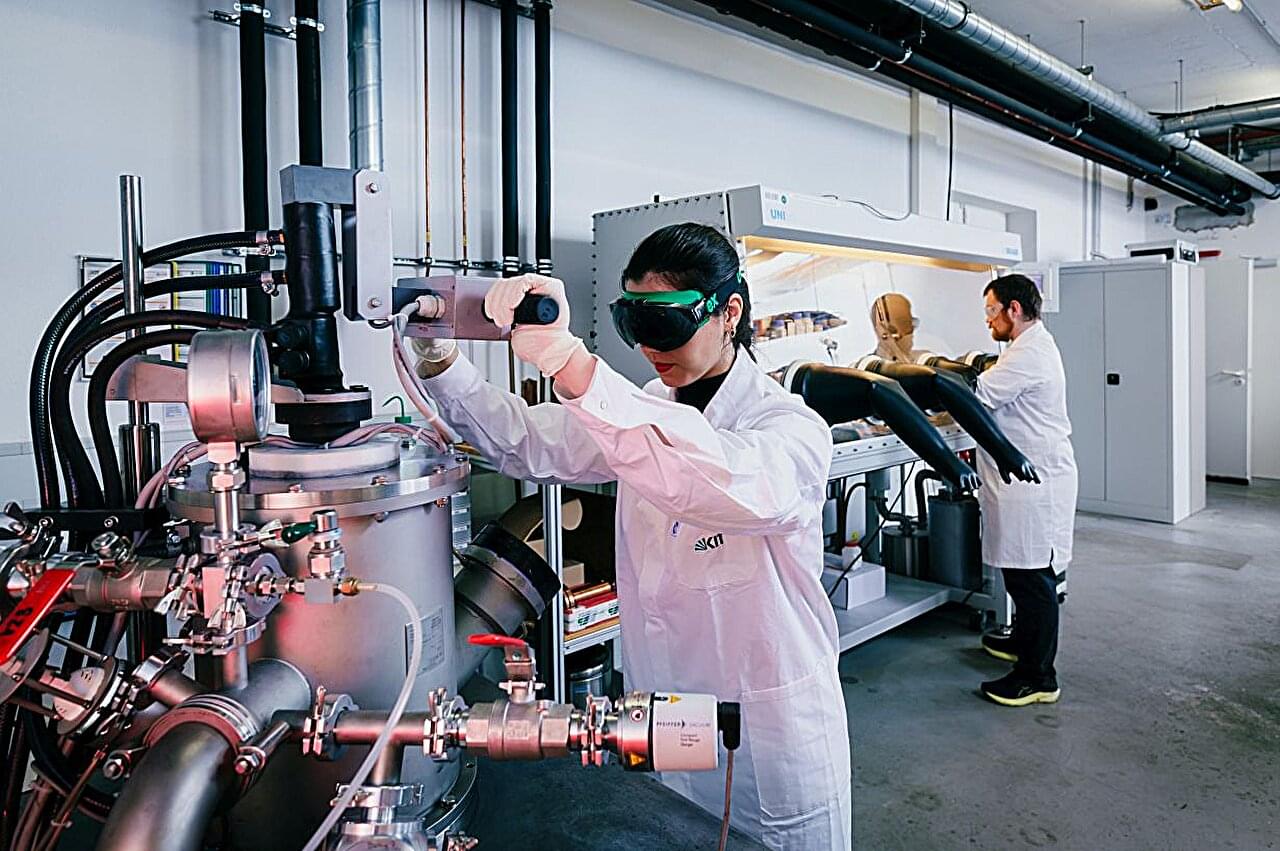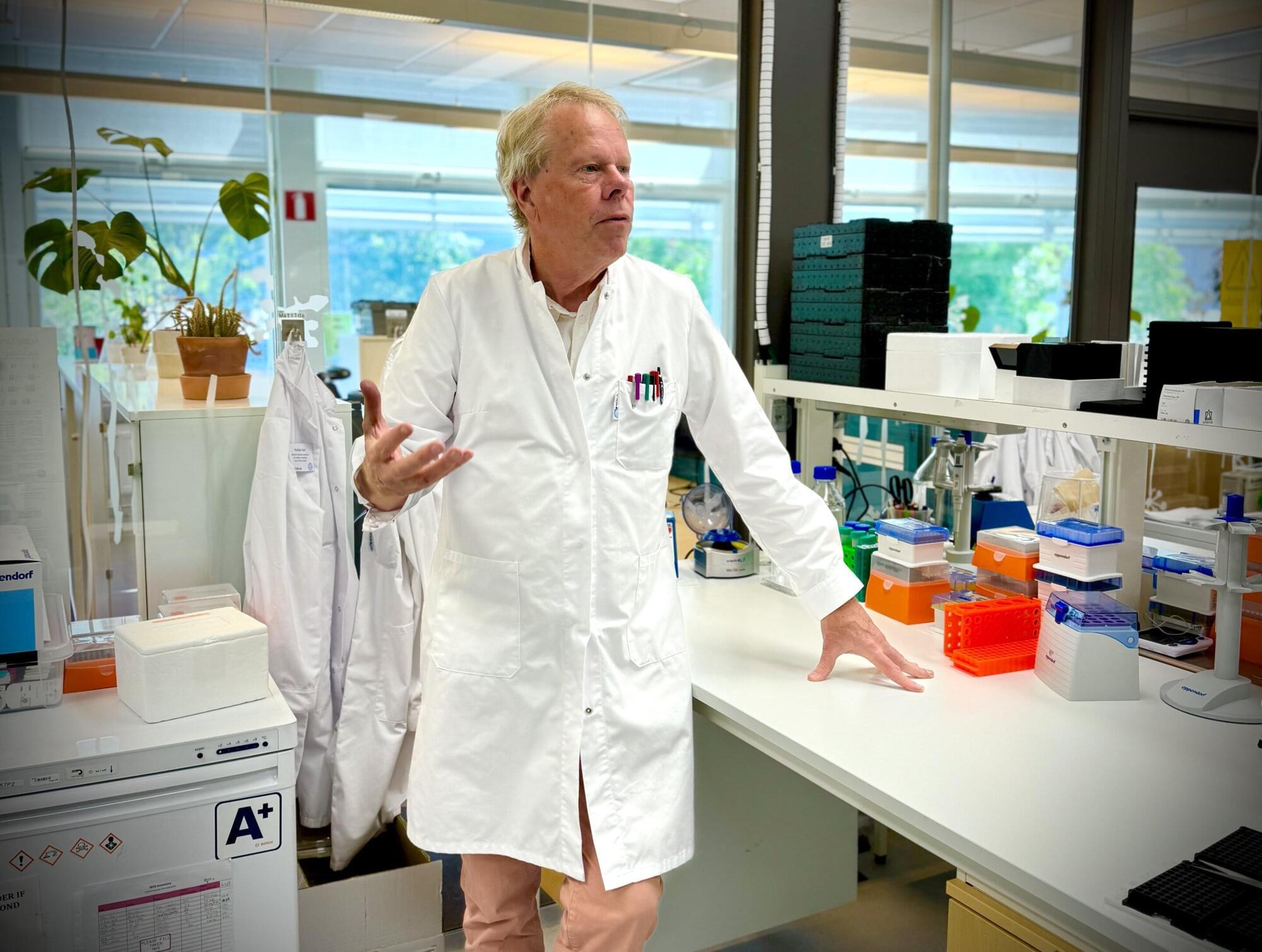Your DNA contains millions of genetic variants that interact with each other in ways that affect whether diseases such as schizophrenia and heart disease develop, and with what severity.




Millennium Prize Problems Lecture 9/17/2025
Speaker: Michael Freedman, Harvard CMSA and Logical Intelligence.
Title: the poincaré conjecture and mathematical discovery.
Abstract: The AI age requires us to re-examine what mathematics is about. The Seven Millenium Problems provide an ideal lens for doing so. Five of the seven are core mathematical questions, two are meta-mathematical – asking about the scope of mathematics. The Poincare conjecture represents one of the core subjects, manifold topology. I’ll explain what it is about, its broader context, and why people cared so much about finding a solution, which ultimately arrived through the work of R. Hamilton and G. Perelman. Although stated in manifold topology, the proof requires vast developments in the theory of parabolic partial differential equations, some of which I will sketch. Like most powerful techniques, the methods survive their original objectives and are now deployed widely in both three-and four-dimensional manifold topology.

In this section, the authors reveal the findings of this review. The findings are categorized based on data modalities, showcasing the effectiveness of AI models in terms of evaluation metrics. Figure 1 summarizes the extraction process, providing a clear representation of the progression from article identification to final selection of studies. The initial search yielded a substantial total of 1,175 articles. Based on the inclusion and exclusion criteria, the subsequent screening process excluded irrelevant articles. By meticulously filtering the literature, 25 studies were deemed suitable for inclusion into this review.
A chronology of research studies on the uses of AI in DS diagnosis is shown in Figure 2. This timeline highlights a considerable growth in academic interest over the course of the years. A single study was published per year between the years 2013 and 2017. Technical restrictions and the availability of datasets restricted the early attempts to integrate AI into DS diagnoses. Advancements in deep learning and machine learning technologies have been driven by continuous growth in research, representing a milestone in 2021. These developments are signs of increasing confidence in the ability of artificial intelligence to identify and resolve challenging diagnostic problems. The year 2021 reaches a high with four studies, indicating a surge of innovation. This may result from improved computing tools and a more extensive understanding of the usefulness of artificial intelligence in the medical field. However, the minor decline in 2022 and 2023, with three studies, may indicate difficulties in maintaining the rapid pace of research. These challenges may include restricted access to different datasets or limitations to clinical adoption.
In 2024, there was a significant increase in DS diagnostics approaches, achieving a total of seven studies. This increase is a result of developments in AI algorithms, collaborations across diverse fields, and the significant role of AI in medical diagnosis. It demonstrates the increased academic and multidisciplinary interest in developing effective AI-powered DS detection models. In addition, an increasing trajectory highlights the importance of maintaining research efforts in order to overcome current challenges in implementing AI applications in the healthcare sector.


A new material might contribute to a reduction of the fossil fuels consumed by aircraft engines and gas turbines in the future. A research team from Karlsruhe Institute of Technology (KIT) has developed a refractory metal-based alloy with properties unparalleled to date.
The novel combination of chromium, molybdenum, and silicon is ductile at ambient temperature. With its melting temperature of about 2,000°C, it remains stable even at high temperatures and is at the same time oxidation resistant. These results are published in Nature.
High-temperature-resistant metallic materials are required for aircraft engines, gas turbines, X-ray units, and many other technical applications. Refractory metals such as tungsten, molybdenum, and chromium, whose melting points are around or higher than 2,000°C, can be most resistant to high temperatures.


A new study has mapped the distinct molecular “fingerprints” that 59 diseases leave in an individual’s blood protein, which could enable blood tests to discern troubling signs from those that are more common.
As now published in Science, an international team of researchers mapped how thousands of proteins in human blood shift as a result of aging and serious diseases, such as cancer and cardiovascular and autoimmune diseases.
The Human Disease Blood Atlas also reveals that each individual’s blood profile has a unique molecular fingerprint, which changes through childhood and stabilizes in adulthood. This provides a baseline for comparison that health care providers could one day use to flag early deviations.

Hair transplants have exploded in popularity in recent years — so much so that flights returning from Turkey packed with men sporting freshly transplanted hairlines have become a meme. And the stigma surrounding the once-taboo procedure is lessening.
In August, John Cena said his recent hair transplant “completely changed the course of my life.” While effective, transplants are still surgeries that require thousands of dollars, time off work, and a multi-week recovery process.
However, FoLix, the first FDA-cleared fractional laser of its kind, administered in-office by a provider, offers men and women a surgery-free way to help with their hair loss. Dermatologists say that the new treatment, which began appearing in clinics over the past year, could be a game changer for patients who may not like the daily regimen of pills or the invasiveness of hair transplant surgery.